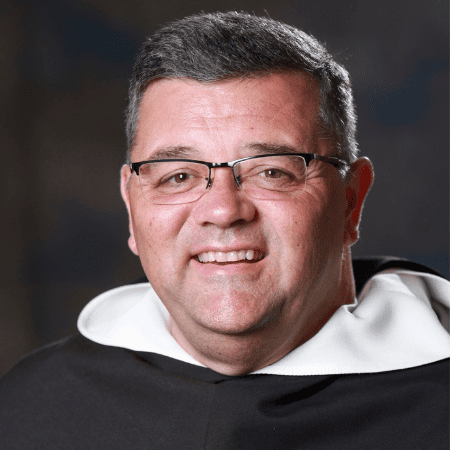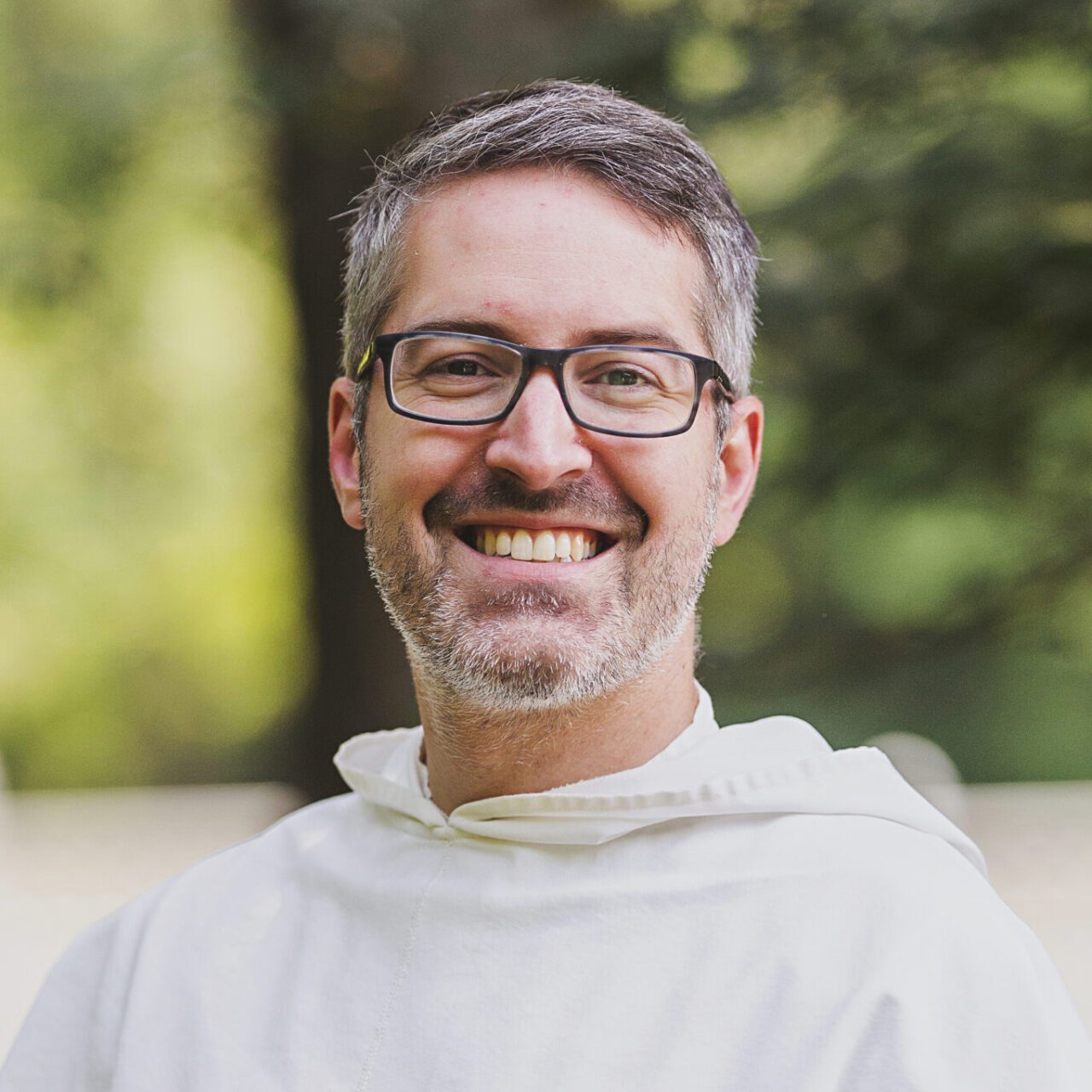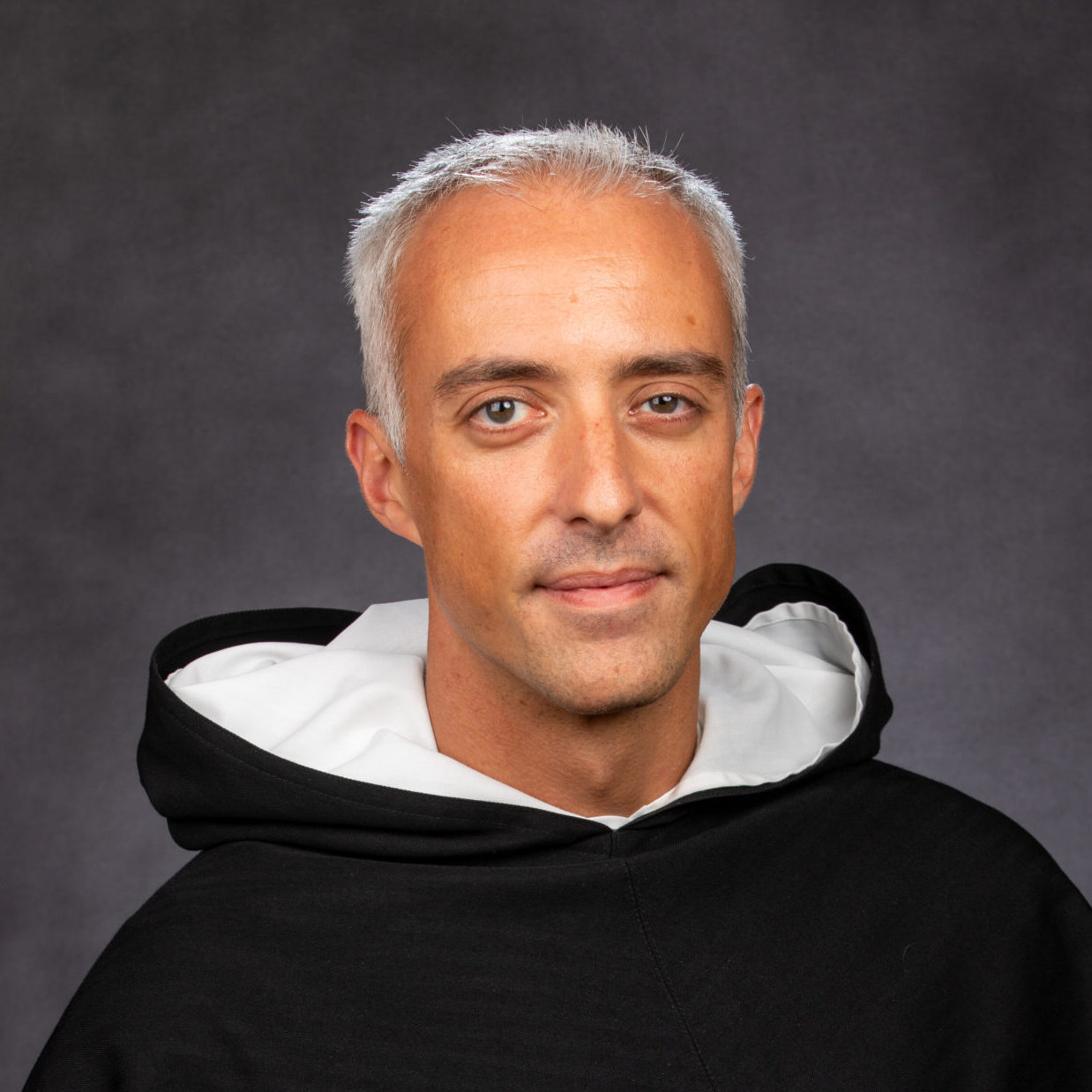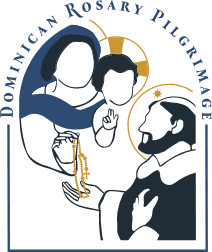During the lunch break on September 28th, make sure to visit the bookstore for an exclusive book signing event as part of the second annual Dominican Rosary Pilgrimage. This is your chance to meet several Dominican friars and have their books signed personally. Don’t miss out—books will also be available for purchase, so you can add these Dominican written works to your shelf.
Meet the Authors
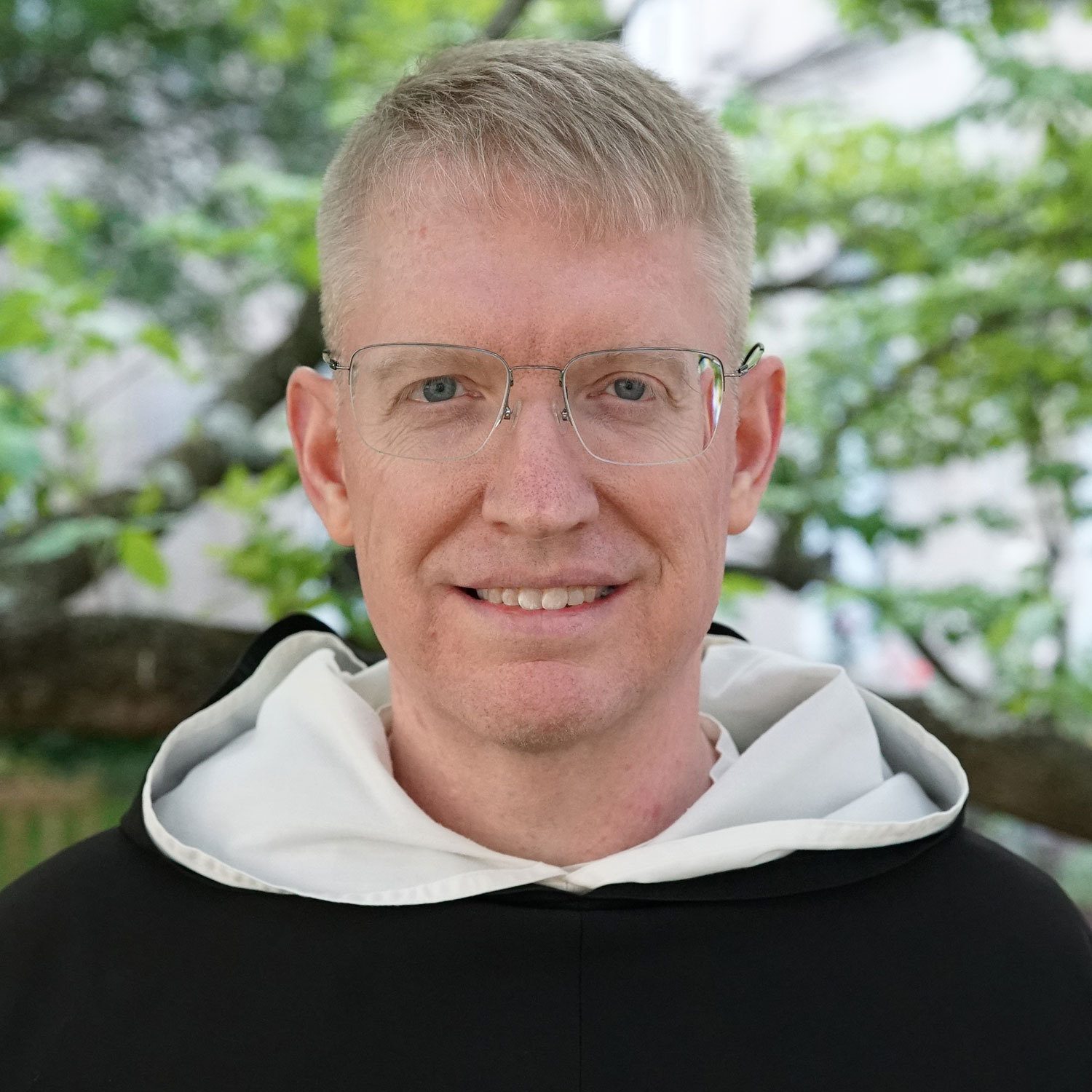
Fr. James Brent, O.P.
Father James Dominic Brent, O.P., is a Dominican friar of the Province of St. Joseph. Born and raised in Michigan, he completed his doctorate in Philosophy from St. Louis University and licentiate in Theology from the Dominican House of Studies in Washington, DC where he now teaches. He frequently lectures for the Thomistic Institute and Aquinas 101. Fr. Brent’s new podcast Contemplata is born from years of traveling the world lecturing, preaching retreats, and meeting increasingly more people who hunger to know God more deeply in contemplative prayer. He is the author of The Father’s House: Discovering Our Home in the Trinity (Pauline Books, 2023). Fr. Brent was the homilist at last year’s Dominican Rosary Pilgrimage.
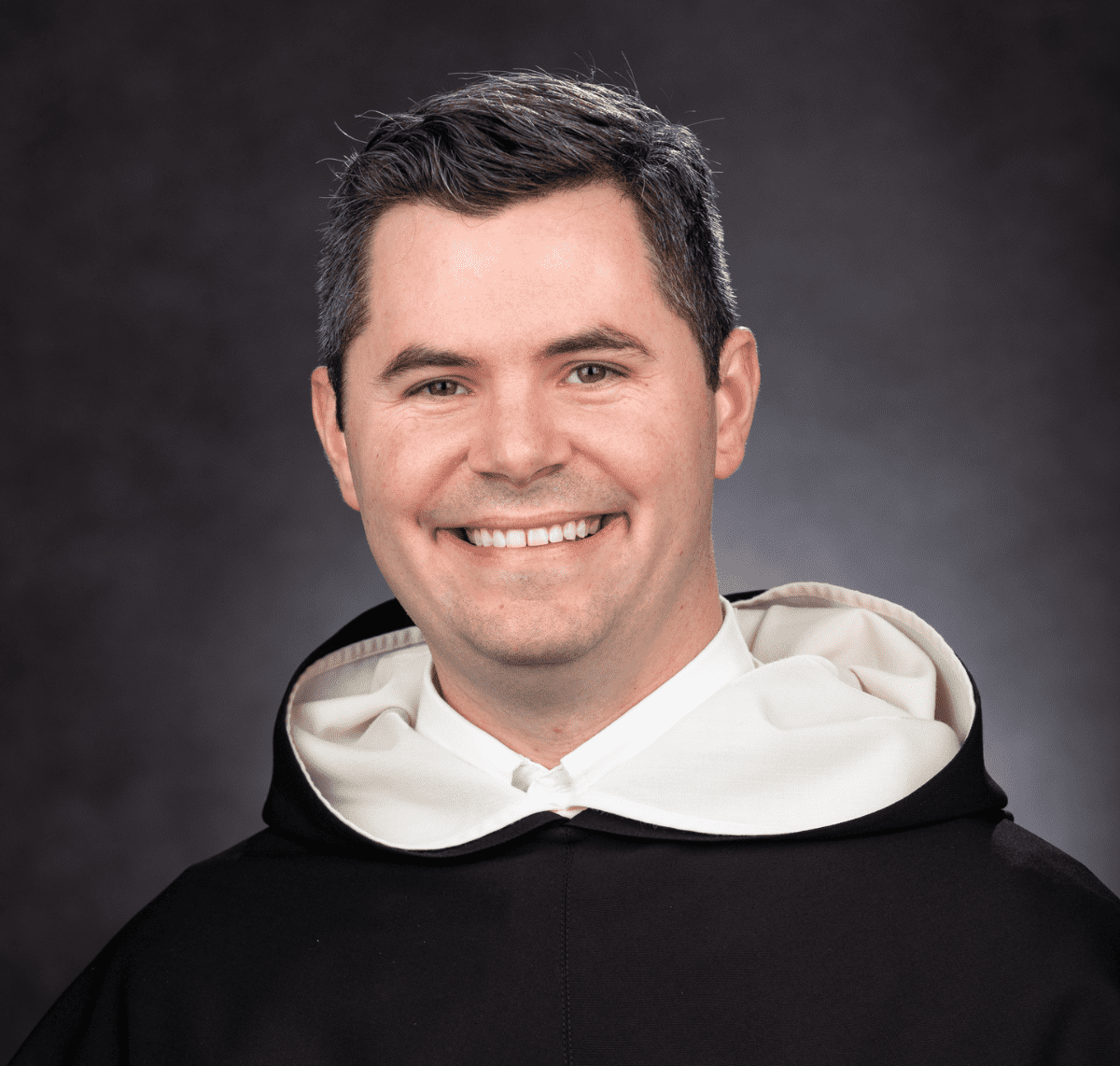
Fr. Patrick Briscoe, O.P.
Fr. Patrick Mary Briscoe, O.P., was ordained to the priesthood in 2016. He is currently the editor of Our Sunday Visitor. A native of Fort Wayne, Indiana, Fr. Patrick joined the Order of Preachers after graduating from Saint Mary’s University of Minnesota, where he studied philosophy and French. In previous assignments, Fr. Patrick has served as a parish priest and college chaplain. He is the author, with his Dominican brother Fr. Jacob-Bertrand Janczyk, O.P., of St. Dominic’s Way of Life: A Path to Knowing and Loving God (Our Sunday Visitor, 2021), and the OSV seasonal devotional My Daily Visitor. Fr. Patrick co-hosts the Godsplaining podcast.

Fr. Gregory Pine, O.P.
From Pennsylvania, Fr. Gregory Pine, O.P., graduated from Franciscan University of Steubenville, OH. He previously served as the Assistant Director of Campus Outreach for the Thomistic Institute in Washington, DC, and associate pastor of St. Louis Bertrand Catholic Church in Louisville, KY where he also taught at Bellarmine University. He currently serves as an adjunct professor of dogmatic theology at the Dominican House of Studies and an Assistant Director of the Thomistic Institute. He is a contributor on the Pints with Aquinas show, a co-host of Godsplaining and the Catholic Classics podcast. Fr. Gregory is the author of Prudence: Choose Confidently, Live Boldly (Our Sunday Visitor, 2022) and co-author with Matt Fradd of Marian Consecration With Aquinas: A Nine Day Path for Growing Closer to the Mother of God (TAN Books, 2020). Fr. Gregory was the principal preacher at last year’s Dominican Rosary Pilgrimage.
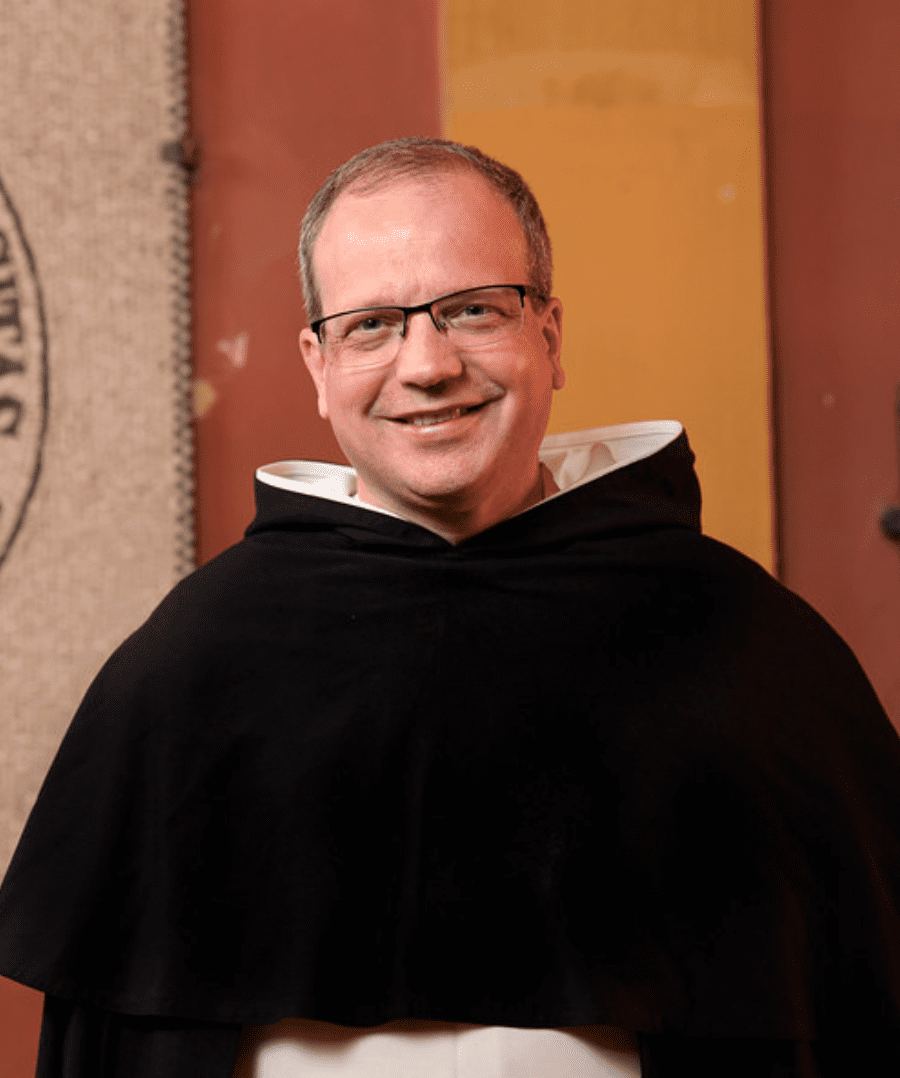
Fr. Thomas Joseph White, O.P.
Fr. Thomas Joseph White, O.P., is the Rector Magnificus of the Pontifical University of St. Thomas (Angelicum) in Rome. He is the author of various books and articles including Wisdom in the Face of Modernity: A Study in Thomistic Natural Theology (Sapientia Press, 2011), The Incarnate Lord, A Thomistic Study in Christology (The Catholic University of America Press, 2015) Exodus (Brazos Press, 2016), The Light of Christ: An Introduction to Catholicism (Catholic University Press, 2017), and The Trinity: On the Nature and Mystery of the One God (Catholic University Press, 2022). He is co-editor of the journal Nova et Vetera, a Distinguished Scholar of the McDonald Agape Foundation, and a member of the Pontifical Academy of St. Thomas Aquinas.
